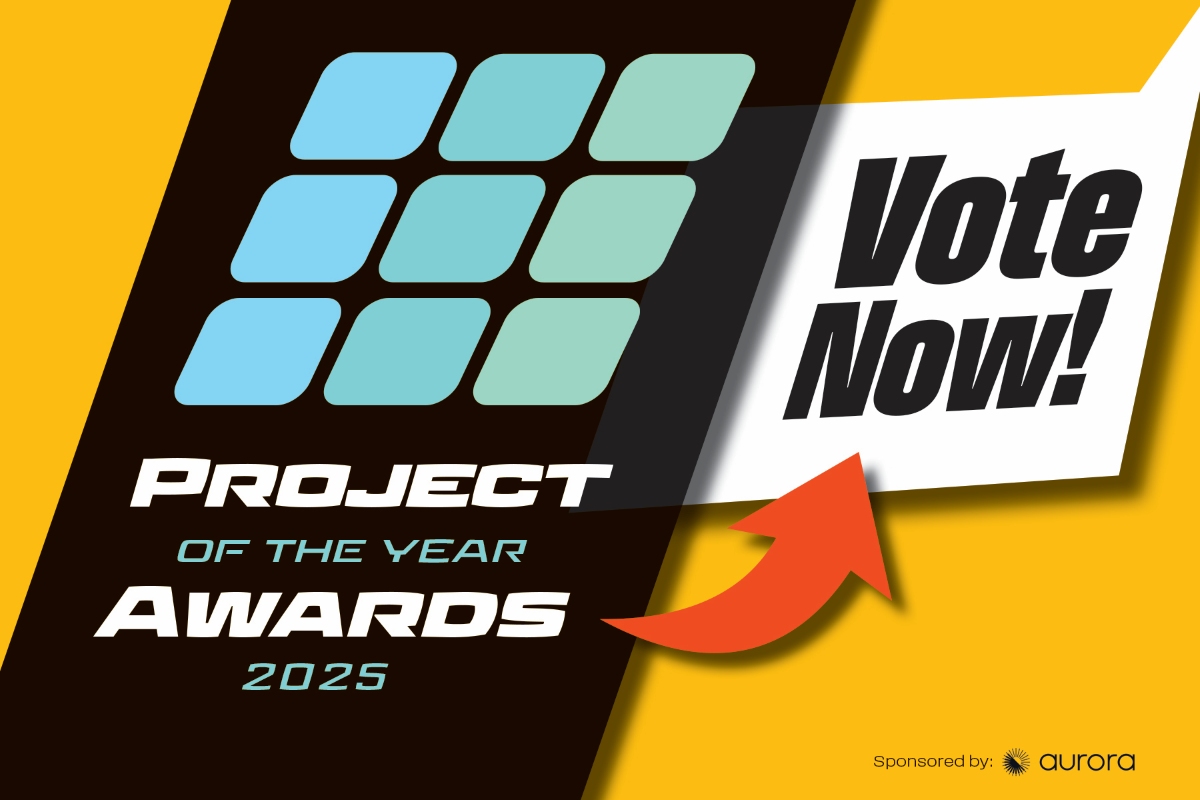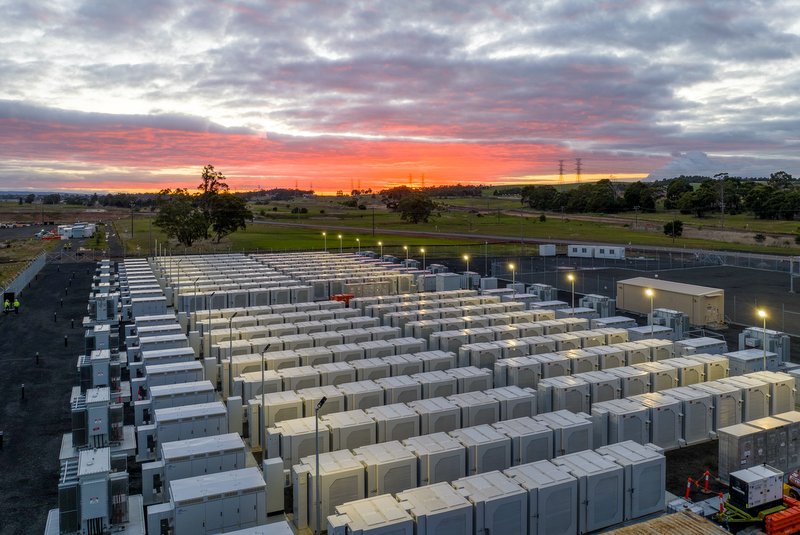Establishing a New Conversion Factor
An industry-approved 1-MW converter will change the solar industry forever.
The utility-scale solar energy industry is morphing into a new animal. American Electric Technologies Inc. (AETI) recently introduced a market-tested and certified 1-MW 1,000-volt solar inverter. The upgrade from the previous industry-standard 600-volt systems will provide solar farms with an increased efficiency and lower costs.
TUV Rheinland, a provider of safety and performance testing and market certification serving the photovoltaic and solar thermal marketplace, tested and successfully passed the AETI inverters as outlined in UL 1741-2010, which is the standard for solar inverter equipment. Underwriter’s Laboratory (UL), an independent safety certification organization that has been testing products for more than 100 years, is responsible for the development of solar standards. The U.S. Occupational Safety and Health Administration (OSHA) had approved TUV Rheinland to test products to UL 1741 standards.
John Skibinski, AETI vice president of renewable market development, says the approved 1,000-volt Integrated Solar Inversion Station (ISIS) is a fully integrated system deliverable to larger solar farms.
“I’ve met a lot of people who just don’t believe you can integrate a solar inverter and a transformer in a medium-voltage piece of switch gear all together in one unified package and make it that easy to install and commission,” he says. “It doesn’t matter how many PowerPoints you show, they still don’t believe it.”
The utility-scale solar market has been attempting to move to larger voltage inverters, but none were certified by the industry. AETI’s certification is the first in the industry. Engineering, procurement and construction (EPC) contractors will now be able to build utility-scale solar farms and achieve higher ROI with higher voltages.
“We were the first to do UL 1741 at 1,000 volts at 1 MW,” Skibinski says. “Utilities got a sense of actually having a true working solar power plant. They get nervous about things like interconnection of inverters to the grid, so that kind of approval — third party test criteria and third party witnessing of the tests — tells them that it’s not our opinion how it works, it’s the industry standard opinion that it will work for utility applications.”
AETI has always been involved with larger-megawatt projects, and the company’s expertise is in high voltages. AETI has been involved with the oil and gas industry as well as the renewable sectors of wind, geothermal and biomass. Before entering the solar industry, AETI did market research to size up the competition.
“When we entered solar, we found that there were 30 competitors with 600-volt solar inverters, and there was nobody really leading the 1,000-volt market,” Skibinski says. “At the same time the utilities were jumping into the solar energy business very quickly. And we knew that they would be looking for something that has high megawatts, high voltage, lots of power, 25-year design life quality, all integrated. We targeted the machine right into that market space, and right off the bat we starting getting noticed by different utilities. Now [that] we have the UL approval, it’s just exploded.”
Skibinski believes utilities enjoy this larger inverter because it was made just for them. AETI took specifications and requests from utility companies and built a more efficient piece of equipment with a better return.
“[They] are looking for that 25-year design quality,” he says. “They’re not looking for commercial-grade inverters that have lasted three to four years typically. They’re looking for something that’s going to last them many years with minimal maintenance so they get their financial return from the solar farm.”
The 1-MW, 1,000-volt inverter has been through testing for the larger part of the last year. Efficiency, electrical, environmental and connection tests have been completed. The only thing left before these AETI machines will be in use is finding financing. There are already EPCs pre-approved in the United States. Skibinski says the company is focusing on California, Texas and the East Coast. Eventually, AETI hopes to release its larger inverter to Ontario and Europe. France has already taken notice of the new product.
Skibinski is confident that AETI will continue to lead the industry in the utility-scale solar sector, based on the company’s dedication to quality and efficiency.
“We are very serious about our 25-year design life and building equipment that truly lasts,” he says. “If you don’t build a quality piece of equipment, [utilities] have liquidated damages clauses in their contracts, and if you don’t perform, they’ll put you out of business.”
AETI built the 1-MW, 1,000-volt solar inverter with the utilities in mind and hopes to stay in their good graces.
“There was no missing the mark because the mark was given to us by these guys,” Skibinski says.





